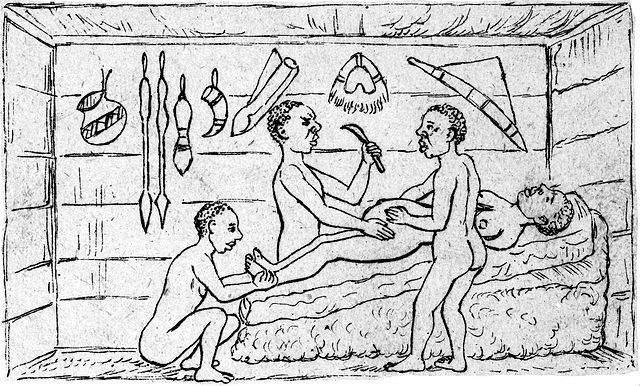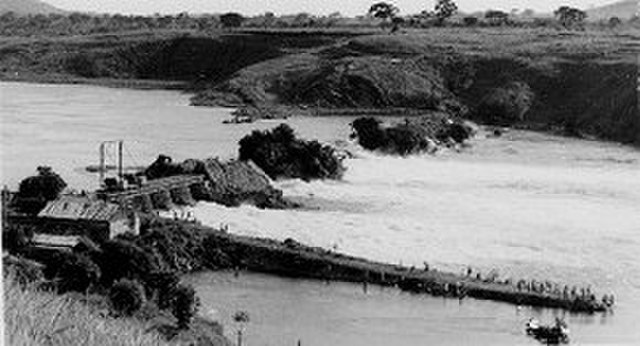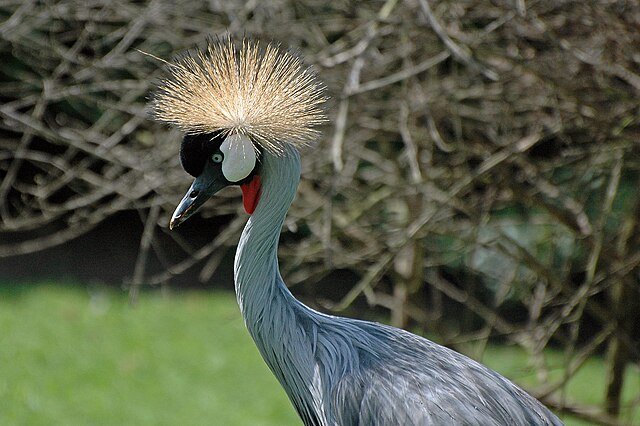Bwindi Impenetrable National Park
The Bwindi Impenetrable National Park is a national park in southwestern Uganda. It is part of the Bwindi Impenetrable Forest and is situated along the Democratic Republic of the Congo border next to the Virunga National Park and on the edge of the Albertine Rift. Composed of 321 km2 (124 sq mi) of both montane and lowland forest, it is accessible only on foot. It is a United Nations Educational, Scientific and Cultural Organization-designated World Heritage Site.
Mountain gorillas in Bwindi Impenetrable Forest
Bwindi Impenetrable National Park.
Mountains of Bwindi
Bwindi Impenetrable Forest
Uganda, officially the Republic of Uganda, is a landlocked country in East Africa. The country is bordered to the east by Kenya, to the north by South Sudan, to the west by the Democratic Republic of the Congo, to the south-west by Rwanda, and to the south by Tanzania. The southern part of the country includes a substantial portion of Lake Victoria, shared with Kenya and Tanzania. Uganda is in the African Great Lakes region, lies within the Nile basin, and has a varied but generally modified equatorial climate. As of 2023, it has a population of around 49.6 million, of which 8.5 million live in the capital and largest city of Kampala.
A caesarean section performed by indigenous healers in Kahura, in the kingdom of Bunyoro (present-day Uganda) as observed by medical missionary Robert William Felkin in 1879.
Construction of the Owen Falls Dam in Jinja
The Uganda printers building on Kampala Road, Kampala, Uganda
Grey Crowned Crane – a symbol of Uganda








